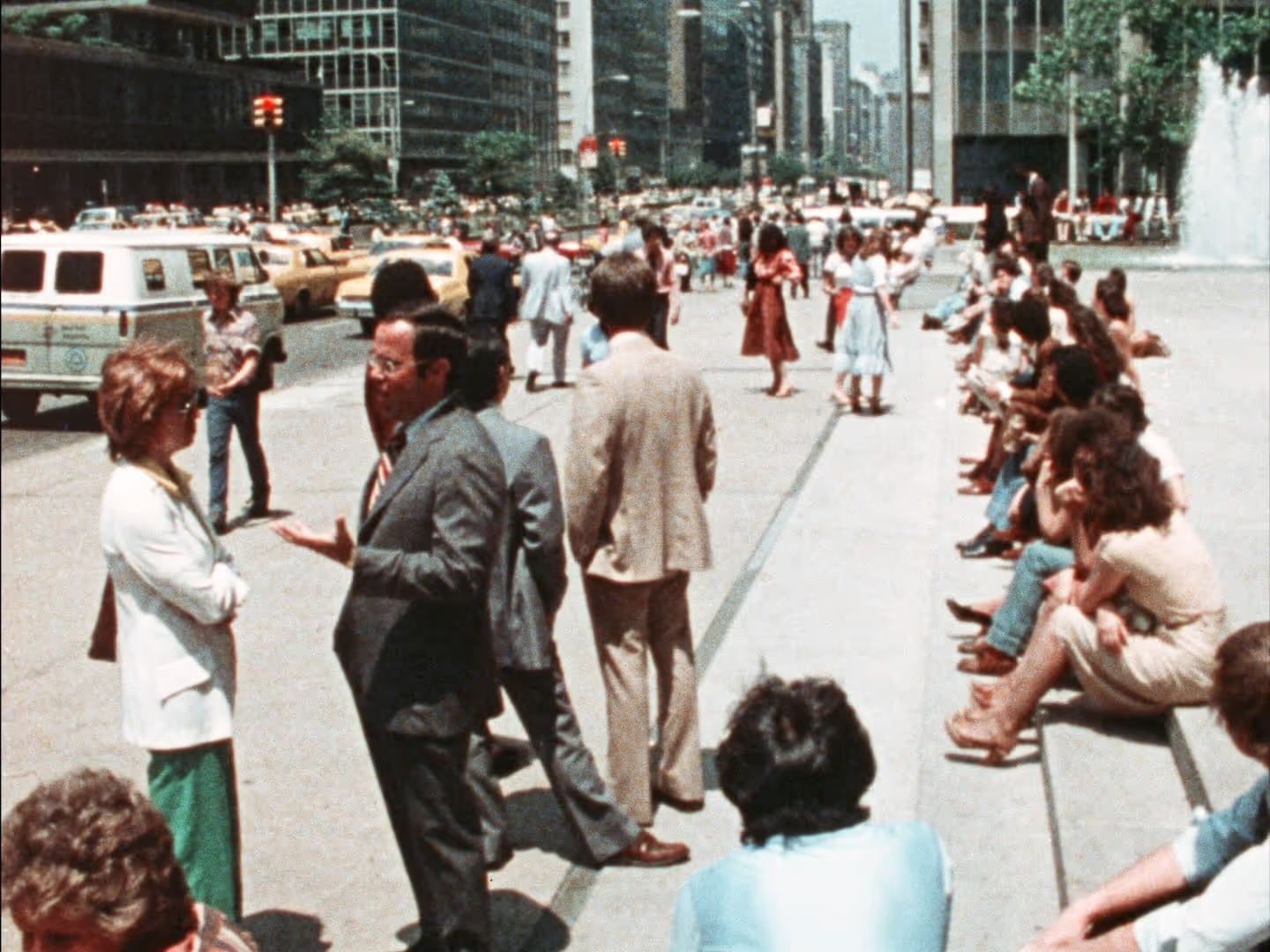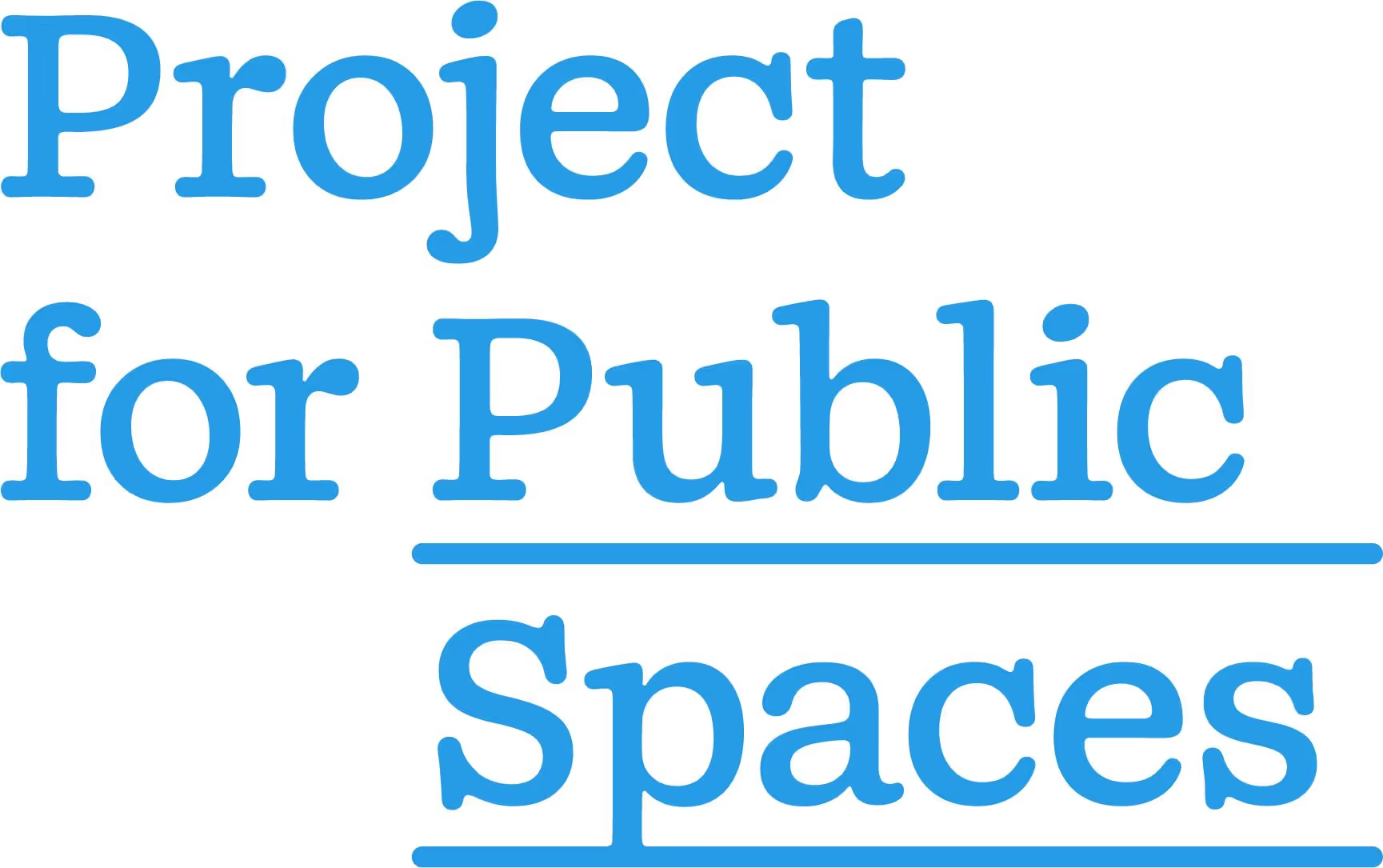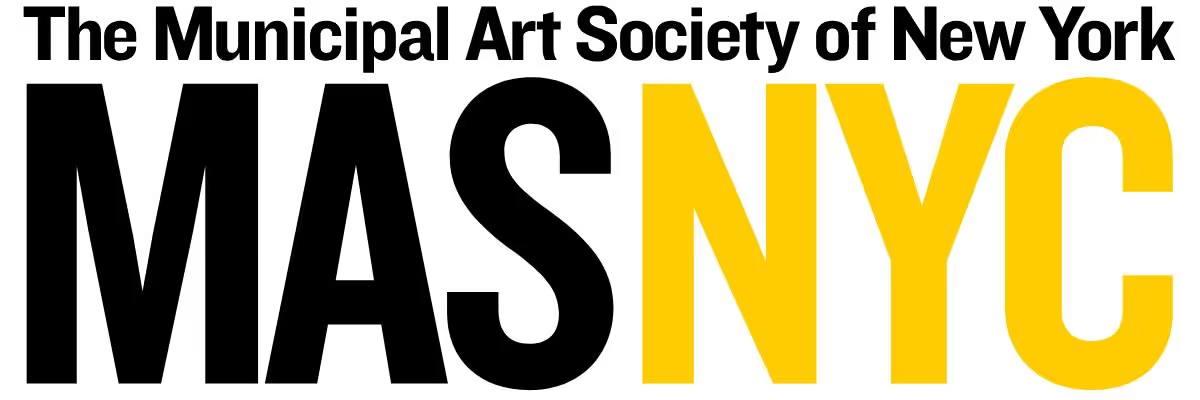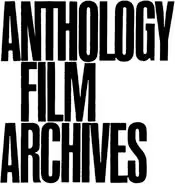A biweekly newsletter with public space news, resources, and opportunities.
A curated dispatch on all things public markets plus the latest announcements from the Market Cities Program.





In partnership with The Municipal Art Society of New York and Anthology Film Archives (AFA), Project for Public Spaces is proud to announce the digital restoration of William H. “Holly” Whyte’s 1980 film, The Social Life of Small Urban Spaces.
About the September 26 Premier Event (SOLD OUT)
Date: Friday, September 26, 2025
6:30pm - Doors open with light refreshments in the lobby
7pm - Screening
8pm - Panel Discussion
The film will be screened in a series at AFA, which digitally restored the film, starting with a premier showing on Friday, September 26 at 7pm, followed by a panel discussion led by Project for Public Spaces’ Co-Executive Director, Nate Storring. The panel will feature prominent urbanists and designers reflecting on how social life and the public realm have evolved since the film’s original release by Direct Cinema Ltd.
Panelists will include:
Based on the book with the same title, the companion film is narrated by Holly himself and summarizes his breakthrough 1980 Street Life Project study of New York’s plazas that was a turning point in urban planning and design. Today, as Project for Public Spaces celebrates 50 years of bringing public spaces to life, PPS is pleased to look back on Whyte’s work, which inspired Fred Kent’s founding of the organization, and celebrate how Whyte led the charge in centering cities around people. To this day, Whyte’s thinking and simple observational methods for the shaping of public spaces have had profound influence in the world of placemaking and making cities more livable.
The screening series at Anthology Film Archives, which digitally restored the film, will take place from Friday, September 26 to Thursday October 2, 2025. Buy tickets.
About the October 1 screening with Founders' Panel (SOLD OUT)
Following the 7pm screening, the Social Life Project will host a special panel discussion focusing on how Holly’s insights have inspired their work and the global placemaking movement. Panelists will include Social Life Project and Project for Public Spaces Founders Fred Kent, Kathy Madden, and Steve Davies, as well as Ethan Kent (PlacemakingX). Nate Storring (Project for Public Spaces) will introduce. Buy tickets to the October 1 screening and Panel Discussion.

In 1980, the urbanist, sociologist, city planner, and writer William H. Whyte published a book based on the fruits of many years of research and observation into pedestrian behavior and city dynamics, conducted as part of his Street Life Project (which operated under the umbrella of the New York City Planning Commission). The result, “The Social Life of Small Urban Spaces,” closely analyzed the functioning (or malfunctioning) of public spaces in various cities, above all in NYC. The book quickly became a classic text within the realm of city planning, and remains beloved not only for the perceptiveness, elegance, and wisdom of its insights into the ways city dwellers interact with the urban environment, but for its disarmingly unpretentious, no-nonsense, and often flat-out funny tone. Though the book is familiar to generations of teachers and students of urbanism and city planning, the project is not widely known outside those circles. Perhaps even less well known – but hopefully not for long – is that, as a supplement to the published text, Whyte simultaneously produced an hour-long film of the same name.
The film version of THE SOCIAL LIFE OF SMALL URBAN SPACES fully embodies all the qualities of the book: its intelligence, its empathetic, common-sense insight into what makes a city truly work for its residents (in contrast to the grandiose, often authoritarian instincts of architects, politicians, and developers), and its gentle yet often pointed wit. The film also boasts its own, unique qualities. Unlike the book, the film is graced by Whyte’s own voice: sounding very much like Jimmy Stewart’s city planner cousin, Whyte delivers the narration with a lack of polish and an often-self-deprecatory folksiness that’s charmingly at odds with the stentorian tone of most educational films. The film is also effectively a work of street photography. Though it was produced as a kind of filmic report and a pedagogical tool, Whyte and his team’s dedication to observing – and recording – the actual behavior of city dwellers, and their sharp eye for the behaviors and gestures that are most revealing of city life, result in a film that is – almost incidentally – a classic city symphony. Taking place primarily in New York (with brief detours to Chicago, Houston, Los Angeles, and other urban centers), THE SOCIAL LIFE OF SMALL URBAN SPACES is one of the great films about that strangest of creatures – the city dweller – in its natural habitat.
“William Whyte is a legendary people-watcher who likes to study the subtle ways public space is used. I think about this film constantly whenever I’m out shooting.”
—John Wilson, filmmaker
One of the few “civilians” who have appreciated and celebrated the film in recent years is filmmaker John Wilson, who programmed it during a carte-blanche at Anthology in 2023. We were so enamored with the film – which at that time was only available in a very poor-quality video transfer – that we embarked on a quest to locate better elements. In collaboration with Project for Public Spaces (an organization that grew out of Whyte’s Street Life Project) and the Municipal Art Society of New York (which acted as the film’s initial distributor and where Whyte was a board member), we have managed to restore the film. Now, as part of Project for Public Spaces’ 50th anniversary, and to celebrate the shared history of PPS and MAS, we are overjoyed to present the new, beautiful restoration with a week-long revival run.
1980, 58 min, 16mm-to-DCP. Digitally restored by Anthology Film Archives in collaboration with The Municipal Art Society of New York and Project for Public Spaces.

Celebrating its 50th anniversary in 2025, Project for Public Spaces has spent the past five decades bringing some of the most successful public places in the world to life. Today, it remains committed to putting community participation at the center of everything it does, from placemaking partnerships with corporations and foundations to workshops, trainings, conferences, on-the-ground design and planning services, and more. The interdisciplinary team has helped over 3,500 communities in 52 countries create inclusive places that change society for the better. Project for Public Spaces is a 501(c)(3) tax-exempt organization. Click here to support the next 50 years of community-powered public spaces!

The Municipal Art Society of New York (MAS) was founded in 1893 to work towards the creation of a livable city, to enhance the lives of all New Yorkers and to use the municipal arts of architecture, landscape architecture, planning, preservation, and public art to improve and protect the built environment of New York. MAS envisions a future in which all New Yorkers share in the richness of city life—where growth is balanced, character endures, and a resilient future is secured. For over 130 years our advocacy efforts have led to the creation of the New York City Planning Commission, Public Design Commission, Landmarks Preservation Commission, and the Tribute in Light; the preservation of Grand Central Terminal, the lights of Times Square, and the Garment District; the conservation of more than 50 works of public art; and the founding of such civic organizations as the Public Art Fund, the New York Landmarks Conservancy, P.S. 1, the Historic Districts Council, the Park Avenue Armory Conservancy, and the Waterfront Alliance.

Anthology Film Archives is an international center for the preservation, study, and exhibition of film and video, with a particular focus on independent, experimental, and avant-garde cinema. Fueled by the conviction that the index of a culture’s health and vibrancy lies largely in its margins, in those works of art that are created outside the commercial mainstream, Anthology strives to advance the cause and protect the heritage of a kind of cinema that is in particular danger of being lost, overlooked, or ignored.
.avif)
The rich text element allows you to create and format headings, paragraphs, blockquotes, images, and video all in one place instead of having to add and format them individually. Just double-click and easily create content.
The rich text element allows you to create and format headings, paragraphs, blockquotes, images, and video all in one place instead of having to add and format them individually. Just double-click and easily create content.
Body Text Body Link
The rich text element allows you to create and format headings, paragraphs, blockquotes, images, and video all in one place instead of having to add and format them individually. Just double-click and easily create content.
Here is some highlighted text from the article.




Headings, paragraphs, blockquotes, figures, images, and figure captions can all be styled after a class is added to the rich text element using the "When inside of" nested selector system.